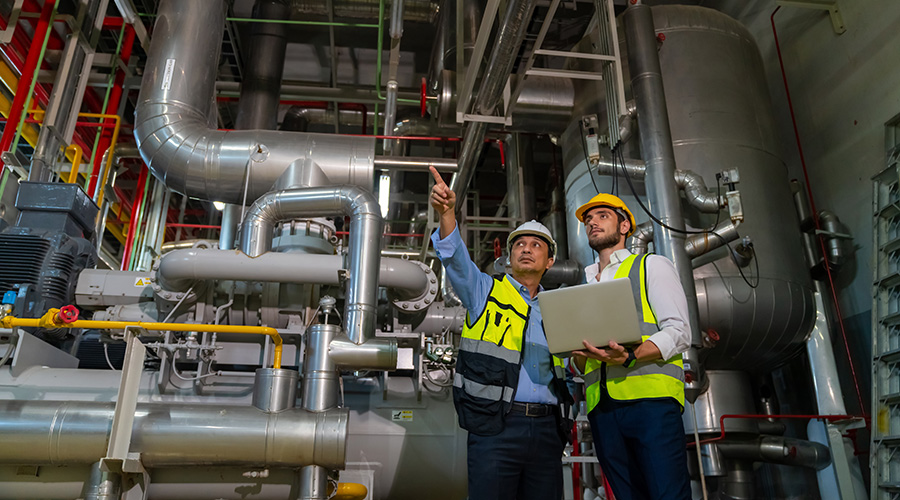Microsoft Uses Fault Detection And Diagnostics To Transform Facilities Management
Rapid growth left Microsoft in a difficult situation at its main campus: 125 buildings that it couldn't manage collectively. Thanks to a concerted effort to use fault detection and diagnostics as part of a software system that brings data from all those buildings together, the facilities team can now not only measure and manage energy use, but also transform facilities management by being able to respond to problems before they're even reported.
Darrell Smith likes to compare facilities management to driving an ambulance — you wait for something to go wrong and respond appropriately.
He would know. After all, he started his career as a paramedic in South Central Los Angeles. But after going back to school to get his degree, one thing led to another and he ended up in the facilities field. Now, as the director of energy and facilities for Microsoft, he's driving an ambulance that has a lot of ground to cover — until, that is, his plan to change FM from reactive to proactive is in place.
"We sit by the phone, we wait for people to call, and then we respond," Smith says by way of making the ambulance analogy. "We're changing that."
Smith and his team are making that change in two ways. They're aiming to be more proactive in all elements, everything from reporting to repairs. But the biggest change is a fundamental overhaul of how the company manages its buildings and energy usage. To do that, they just had to overcome one small problem: 125 buildings that couldn't talk to each other.
In 1986, Microsoft moved into a four-building complex in Redmond, Wash. Since then, the Redmond campus has grown from those four buildings to almost 15 million square feet, spread over 500 acres, with more than 40,000 employees coming to work each day. That growth was fueled by constant hiring to keep up with the white-hot demand for Microsoft's software products during the first years of the personal computing boom.
During that growth spurt, buildings were built to the energy efficiency standards of the day, but there was literally no manual on how they should be built, what systems should be integrated, and what communication methods should be used to get all the building systems talking to each other instead of operating in silos.
In fact, here's roughly how conversations went between Microsoft and building systems OEMs during that growth spurt:
Microsoft: Can you meet (incredibly tight timeframe)?
OEM: Ummm...
Microsoft: Next.
As a result, the campus ended up with a hodge-podge of equipment running its buildings, Smith says. In some cases, the buildings were leased, which meant that Microsoft was running the buildings, but didn't have input into the original design.
"If you ask me what kind of system we have here, what kind of design, what type of manufacturer, I just say 'yes,'" Smith says.
When Smith came aboard in late 2008, he was faced with buildings that couldn't talk to each other or to a central management system, thousands of pieces of building equipment he couldn't manage through a single system, and a few hundred million data transactions that were being thrown away every day because the facilities management team had no way to do anything with them. In short, he had no way to really understand how buildings were performing and how they could be improved, much less managed.
"We weren't managing our campus by the utility bill, but we were real close to it," says Smith. "It was like driving a car without a fuel gauge or a speedometer."
That utility bill runs about $60 million annually for the main campus, so it's a pretty big motivator to be more efficient. The prevailing belief was that there had to be a better way — as Smith says, "We're Microsoft. Why aren't we automating this?" — and, to spoil the surprise, there was. Through extensive use of fault detection and diagnostics and a software system that allows the different buildings and their systems to talk to each other and to the campus operations center, Microsoft is showing that it is possible to take buildings that weren't part of a collective effort and bring them under one umbrella.
Related Topics:















